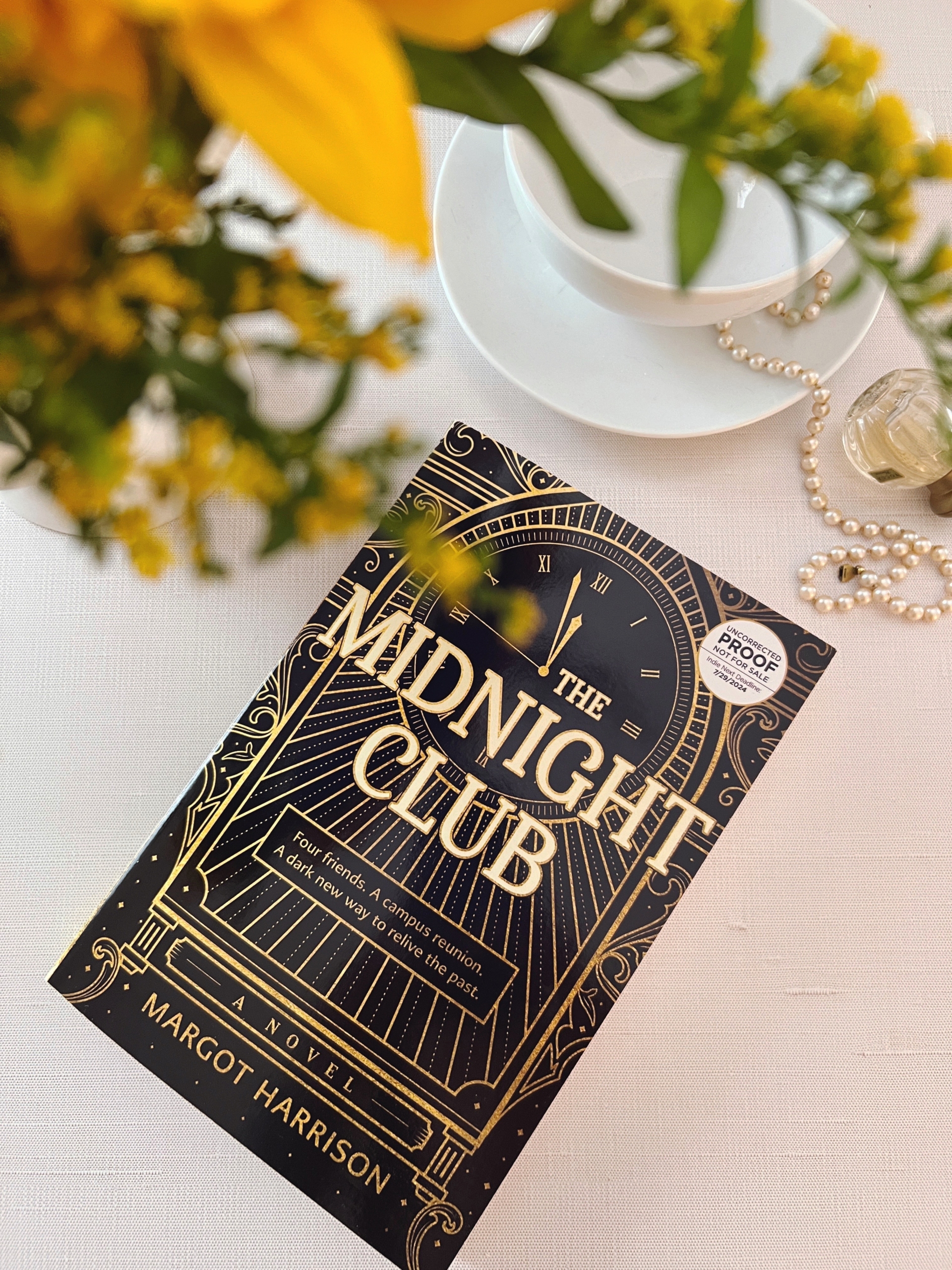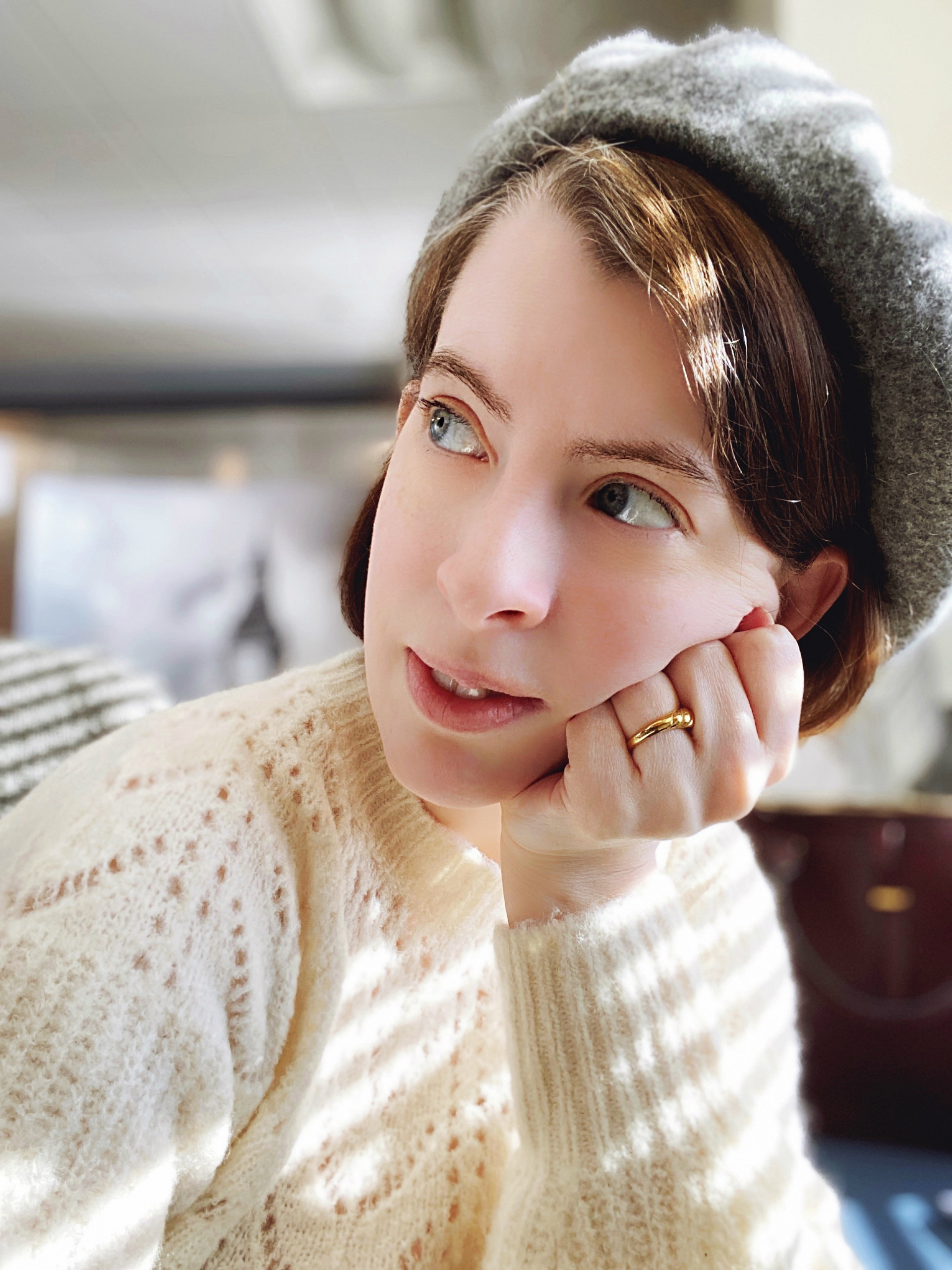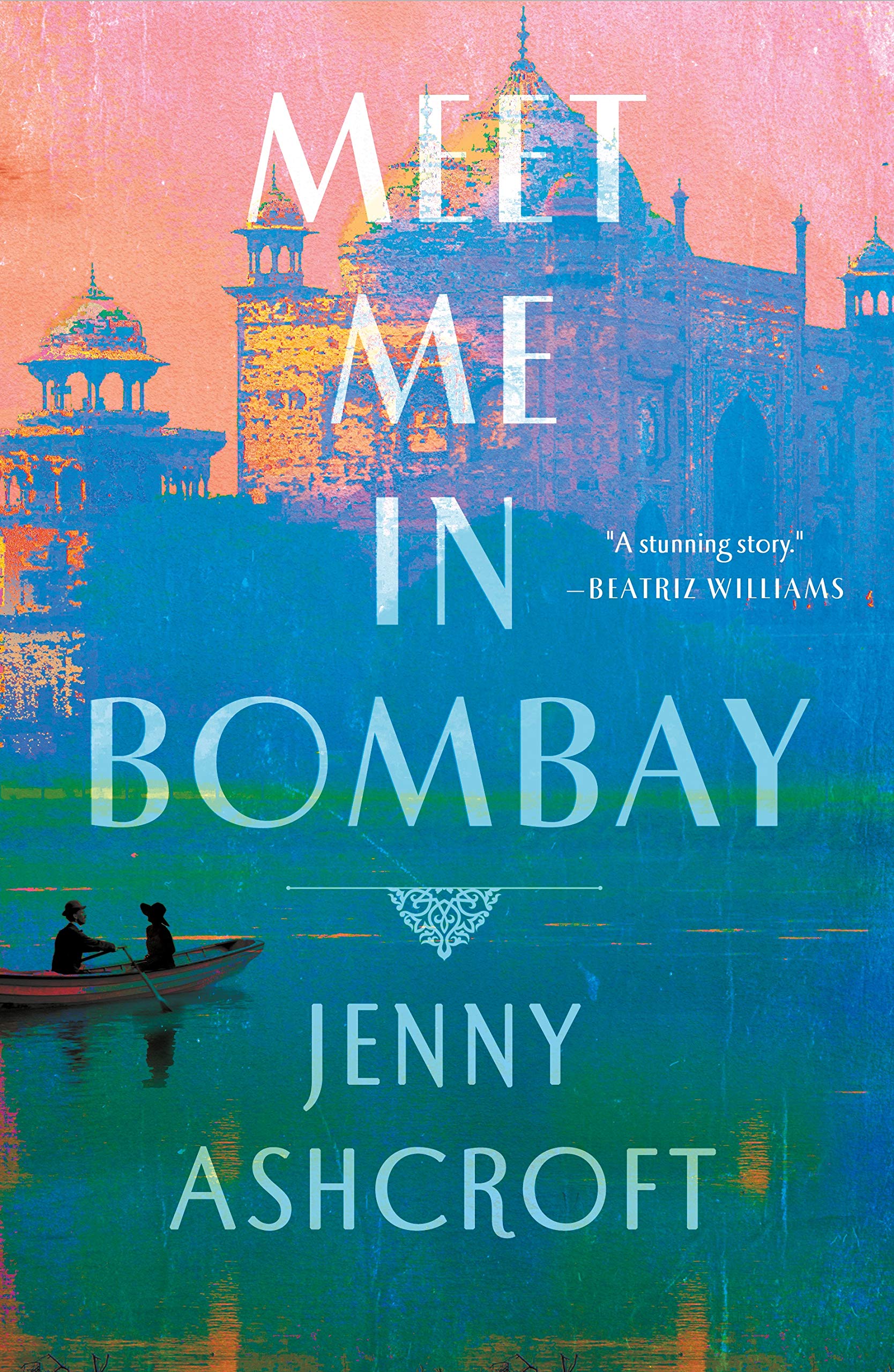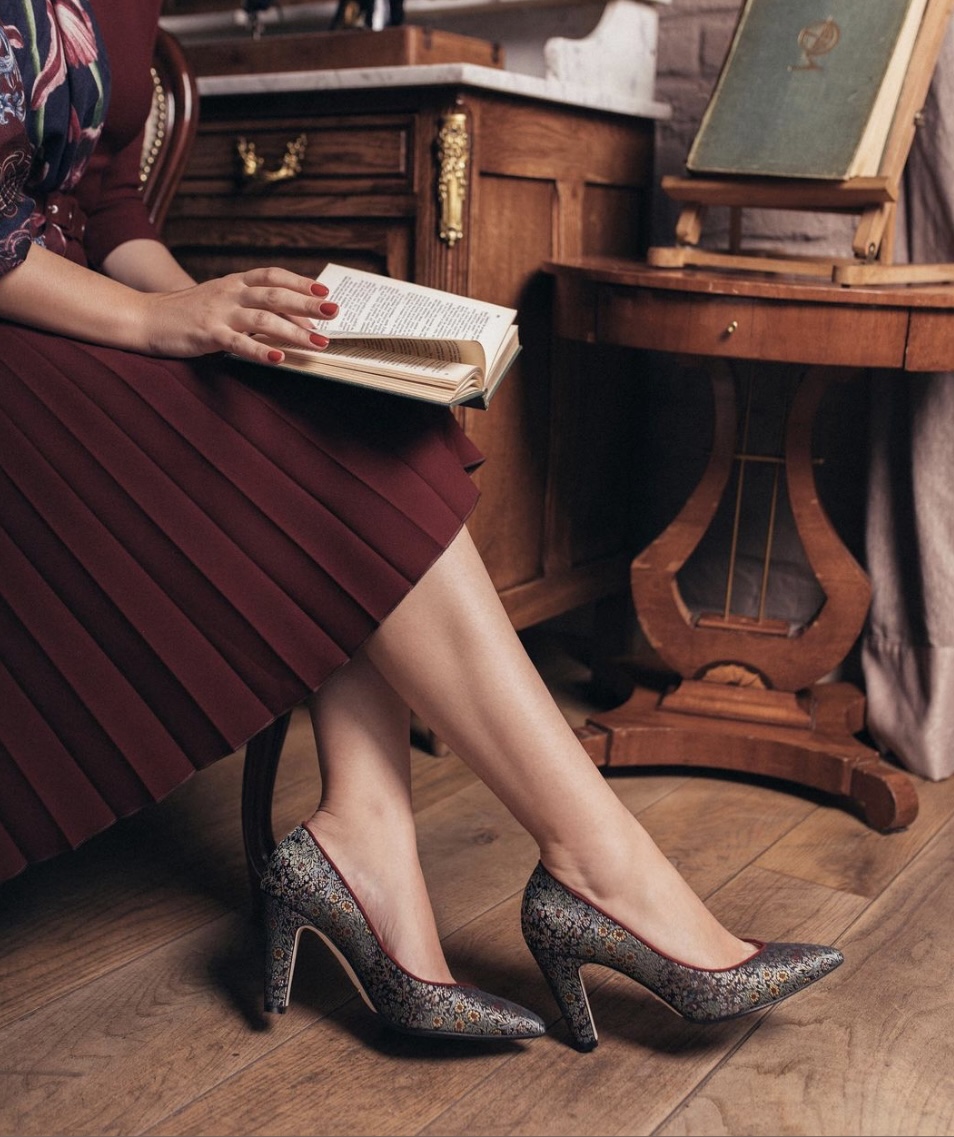
If it was possible to see the future or return to the past, would you? That is the question the members of The Midnight Club must ask themselves. When a group of college friends who worked at the campus literary magazine return to their old stomping grounds, the last thing they expect to do is revisit the past. They soon find out that their host has other motives. She wants them to take a ‘mysterious substance’ made from the sap of the local trees to ‘travel’ or ‘sog’ as it’s known in the novel, back to the past. The reason? To find out the truth about what happened the night their friend Jennet died. The only question is, what truths will they discover in the process, and what long-forgotten memories will be brought back to life?
Prior to The Midnight Club, you published four young adult novels. What was it like going from writing for young adults to writing for an older demographic?
It was a pretty smooth transition, because the first novel manuscripts I ever completed, back in the early aughts, were for adults. I switched to YA because I wanted to write character-driven books with speculative elements, and at that time, the YA market was more open to those stories. But everything changed after the success of Station Eleven, and suddenly it was easier to publish a book tinged with science fiction or fantasy for a general adult audience.
In my YA, I’ve always used first-person narrative for greater immediacy, and for The Midnight Club, I switched back to third person. That stylistic difference helped me keep them separate in my head. I’ve always written “older” YA books that have a crossover audience, so my adult “voice” doesn’t feel drastically different to me. But it’s fun to write about people who are my own age and have that life experience behind them. And I can make deep-cut 1980s references and expect readers to understand!
When were you first inspired to write The Midnight Club?
In 1987, when I was in college! I still have the notebook where I wrote the earliest drafts in longhand. It was the first novel I ever finished, though it took me years to complete a first draft, which is nothing like the final book.
I’ve always been fascinated by memory and how it shapes our sense of self. After I saw anUnsolved Mysteries episode about a girl who lost all recollection of who she was, a character popped into my head—a boy who’d forgotten a year out of his life. I didn’t know why yet, but I liked the mystery. In college, I was struggling to figure out who I was going to be as an adult, and my character’s situation was a more dramatic form of that uncertainty. That character was Hayworth—who is still in the book, though no longer the protagonist.
What was the research process like for the novel?
Most of the research I did is lost way back in the mists of time (that is, the 1990s!), but I can pinpoint what inspired me to create the memory drug as the explanation for Hayworth’s amnesia.
In 1992, the New Yorker ran an article by neurologist Oliver Sacks called “The Landscape of His Dreams,” about an artist who had vivid dreams of the village where he’d grown up and painted it obsessively. Fascinated, I found myself imagining what would happen if you could take a pill or other substance that showed you lifelike memory visions. I have occasionally had lucid dreams, and I know how powerful they can be. What if that power were combined with the power of nostalgia?
At the time, I was also reading Marcel Proust’s In Search of Lost Time, which is about memories and memory obsession, so that was another inspiration.
In the novel, the characters can drink the ‘mysterious substance’ and ‘sog’ either to the future (when they are young) or to the past (when they are adults). If such a thing were possible in real life, would you rather have an option to see the future or the past?
The past, definitely! That’s partly because I’m older. But even when I was young, I was obsessed with my own memories, hoping they would reveal the secrets of why I was who I was.
In the book, college-age Sonia wants to see the future because she’s worried there might not be a future, and that’s also a worry I had when I was that age. I was raised with a lot of fear around nuclear weapons, the Cold War, and the future of the planet. So I can see the appeal of peeking into the future, too, though it still scares me!
At what point during the writing process did you come up with the title for the novel?
The title came from my wonderful editor! The book had various titles over the years, including World of Warning and Memories Can’t Wait (a reference to my beloved Talking Heads). But as soon as I heard The Midnight Club, I knew it was perfect! Ironically, less than a year earlier, I had read Christopher Pike’s 1994 novel The Midnight Club for the first time for my TikTok reviews of classic YA books. It’s a great book (recently adapted by Netflix) and very different from this one, though I guess you could say they’re both about a group of friends discussing death in a creepy house.
Out of all the characters, which character did you feel the most connection with?
Sonia is the character who’s most like me in many ways. Like her, I have an academic background and taught for a while, only to find I had to start over from scratch. Like her, I was raised in an unconventional way (my parents were musicians) and never felt like “normality” was possible for me.
Putting that mixed-up, vulnerable character on the page was a struggle! Hayworth was the first character I created (and originally the protagonist) because I found it easier to filter my experience through a male character. Later, writing YA taught me to create multifaceted female characters without censoring their flaws, and I think that gave me the push I needed to make this book work.
How did growing up in New York and now living in Vermont inspire the location for The Midnight Club?
We moved to rural Vermont when I was eleven after living three intense years in 1970s Manhattan. I had lived in the country before, but Johnson, Vermont— current population of 1,332—was quite a change. There was a small state college there with a great library and some campus life, but not much else.
In the book, Johnson became Dunstan, though Dunstan College is also inspired by Middlebury College, down south in Vermont. Railroad Street and most of the other book locations are real. Johnson always seems to have just one café, though its name has changed over the years. The falls where a tragic death happens in the book are called Dog’s Head Falls in real life. The ghost town of Belle Venere was inspired by a tiny hamlet called Belvidere, up on the edge of the remote, less touristy area that Vermonters call the Northeast Kingdom.
I moved around the country after college, but I returned to Vermont in 2003 and love it—it’s my forever home.
As a reader, the ending was definitely a surprise. Without giving it away, did you always know that was how things were going to end?
I’m glad it was a surprise, and no, I didn’t! Drafting the current iteration of the book, I had a different and somewhat less surprising ending in mind. Luckily, I have two wonderful critique partners. In 2020, when we were discussing the book in a backyard (social distancing!), my friend Dayna Lorentz suggested an idea that I loved, but I wasn’t sure I could pull it off. It took me many drafts and help from my agent and editor, but I hope I succeeded!
If The Midnight Club was turned into a series or a feature film, who do you imagine the leading roles?
I’m going to dream-cast some actors who are technically too old for the roles! I know Daniel Day-Lewis says he’s retired from acting, but he’s always been my choice for Hayworth. Emma Thompson for Sonia, Jennifer Jason Leigh for Auraleigh—I love her tight-wound energy—and Jeff Goldblum for Byron. There’s a wonderful young actor named Eliza Scanlen who would be a great Jennet—she was Beth in Little Women.
Who are some of your fellow authors who you enjoy reading?
There are so many, so I’ll just note a few recent ones. Tana French is my go-to for a suspense writer who weaves an immersive world and fascinatingly flawed characters. For campus novels, I loved Elif Batuman’s The Idiot. In YA, authors like Kathleen Glasgow, Courtney Summers, Nova Ren Suma, and Jennifer Mason-Black write gorgeous books that break my heart. In fantasy, I was bowled over by Lev Grossman’s The Bright Sword, and I just discovered Robin Hobb. In horror, I just finished and loved Dawn Kurtagich’s The Madness. If you tell me that a book is atmospheric, I will read it!
Are you currently working on your next novel, and if so can we get a sneak peek?
I’m currently drafting a novel about a special library on the Harvard campus that holds a book that just might tell people their future. In 1990, a group of students attempts to use it for divination by writing their darkest confessions between the lines. Then the book is lost, taking their secrets with it. But might someone find it in the present? And use it to hurt them?
The Midnight Club was inspired by my years at Harvard (and its literary magazine, The Harvard Advocate). But this is the first time I’ve written directly about the campus, so that’s exciting!
Pre-order your copy of The Midnight Club releasing on 9/24.









